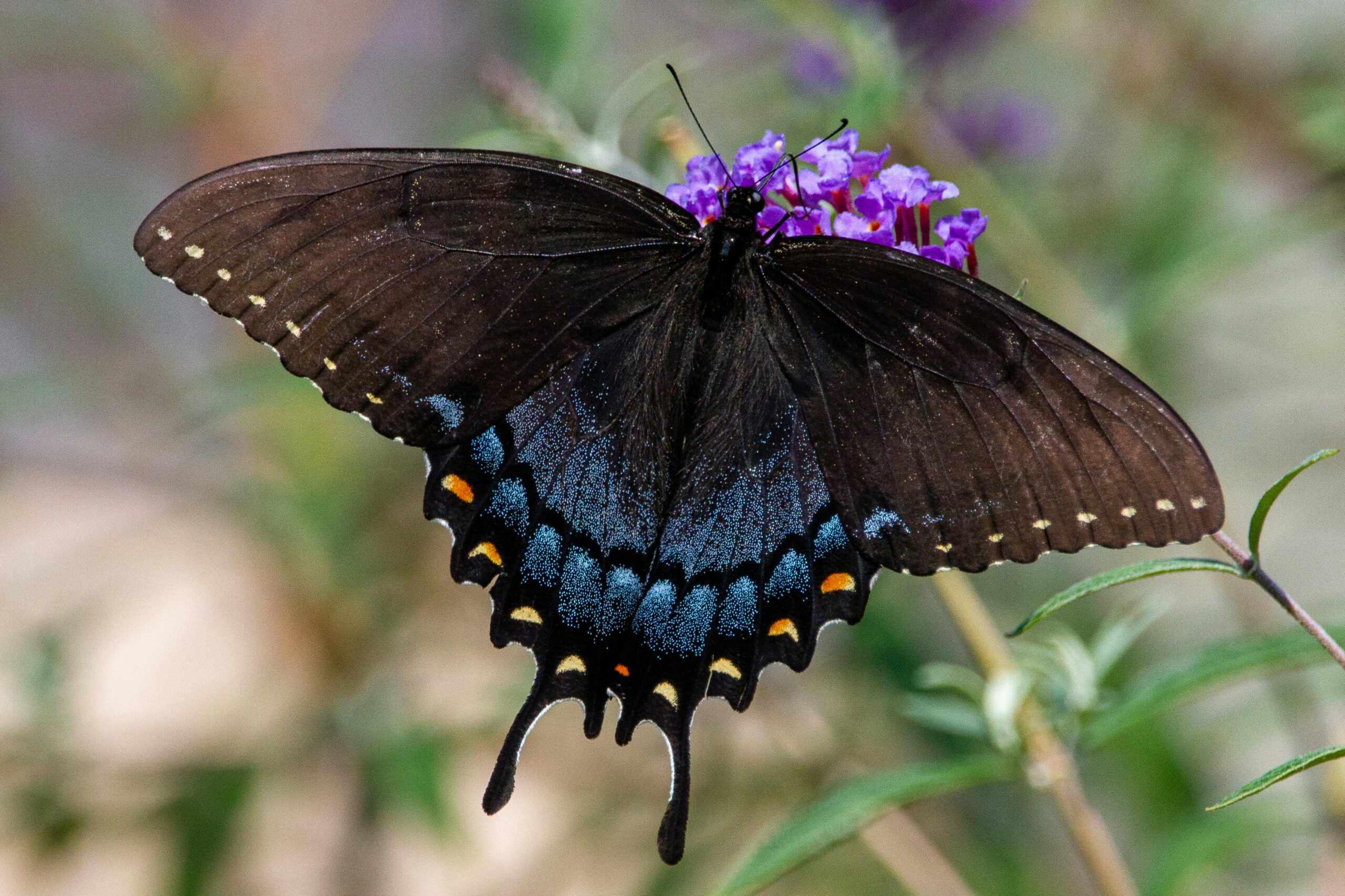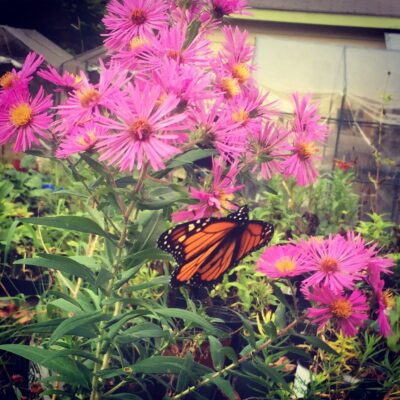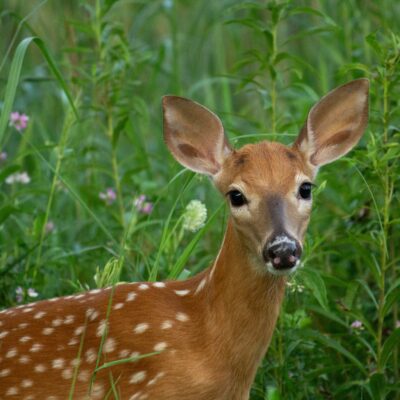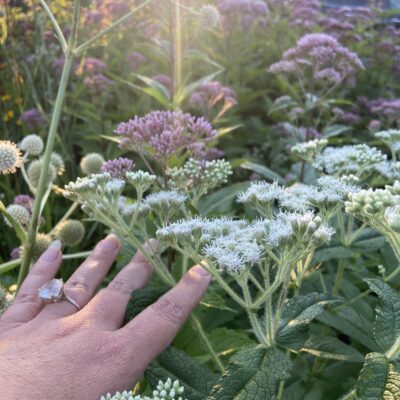Jessecology Butterfly Garden Kit.
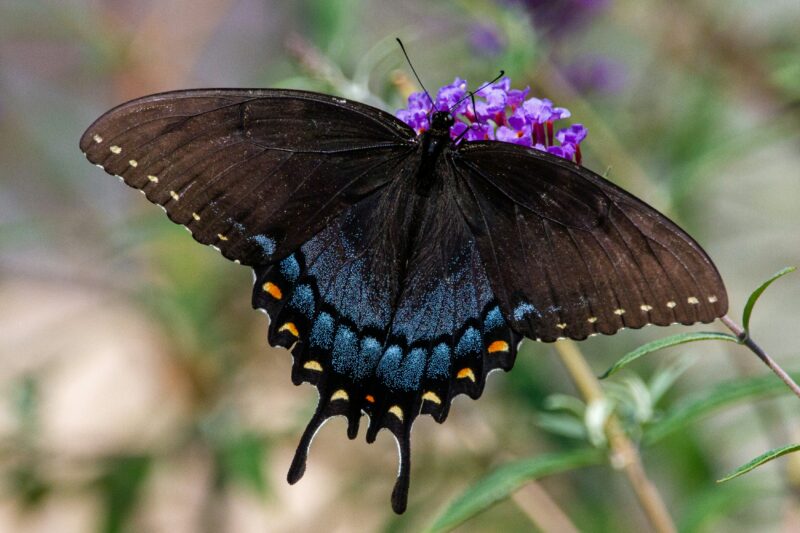
What’s Included:
- Hostplant Plant seeds: (approximately 10,000 seeds.)
-
- Species: A variety of native wildflowers. Likely to include New England Aster (Symphyotrichum novae-angliae), Coneflower (Echinacea purpurea), Blue Mistflower (Conoclinium coelestinum) and Asclepias incarnata (Swamp Milkweed).
- Description: Species essential for native butterflies. Straightaway, these plants serve as the primary food source for local caterpillars. Clusters of fragrant, nectar-rich flowers are produced that also attract other pollinators.
- Nectar Plant seeds: (approximately 50,000 seeds.)
- Varieties: A selection of nectar plants such as Wild Bergamot (Monarda fistulosa) and Joe Pye Weed (Eutrochium purpureum)
- Description: Altogether, these native flowering plants provide abundant nectar for adult butterflies and other pollinators, ensuring a continuous food supply throughout the summer and fall seasons.
Support Butterfly Conservation with your gardens:
- Certainly, by planting native hostplants and nectar plants, you’re providing crucial resources that help sustain butterfly populations.
- Enhance Your Garden’s Beauty: Enjoy the vibrant colors and lively activity of butterflies and other pollinators.
- Educational Experience: Perfect for families, schools, and nature enthusiasts, this kit offers a hands-on learning opportunity about the lifecycle and importance of butterflies.
Differentiating hostplants from nectar plants.
Every butterfly species has a unique relationship with one specific plant or plant family that acts as its larval host, a bond essential for their survival. The Eastern Black Swallowtail, for instance, relies on members of the Apiaceae family, like native Golden Alexander (Zizia aurea), to provide nourishment for its caterpillars. The Pearl Crescent butterflies lay their eggs on native Asters, particularly the New England Aster (Symphyotrichum novae-angliae). Meanwhile, the Spicebush Swallowtail is deeply connected to Spicebush (Lindera benzoin), where its caterpillars find the food necessary to thrive.
Nectar is produced by all flowering native plants and can be used by most any adult butterfly. Obviously mature adult butterflies are generalist feeders. But caterpillars are specialist feeders. They need specific native species plants nearby in order to survive.
The differentiating factor between our Monarch Butterfly Kit and this product is volume of Milkweed seeds. This kit has much more diversity in plants, and will create a wider biodiversity matrix.
Why Choose Jessecology’s Butterfly Garden Kit?
At Jessecology, we are committed to eco-friendly landscaping and the preservation of local wildlife. “No more extinctions!” That’s our motto. The Butterfly Garden Kit is designed with sustainability in mind, using native plant species that support local ecosystems. By choosing this kit, you’re not only beautifying your garden but also contributing to a larger environmental cause.
Suggested Planting Area:
- 200 square feet to 1/4 acre.
Seeding Rate Guidelines:
- Dense Planting (30-200 seeds per square foot):
- 200 square feet: This would create a dense, visually rich butterfly garden. Ideal for smaller spaces where maximum impact is desired.
- 500 square feet to 1,000 square feet: This would cover a small to medium garden with a more natural appearance.
- Larger Areas:
- 1/4 acre (10,890 square feet): If planting a larger area, use a lower seeding rate (closer to 30 seeds per square foot). This allows the seeds to be spread out, creating a meadow-like effect.
Recommendations for Butterfly Garden Kit Planting:
- Small Gardens (200-500 square feet):
- Plant at a higher seeding rate (100-200 seeds per square foot).
- Provides dense coverage, which helps with weed suppression and creates a vibrant display.
- Medium Gardens (500-1,000 square feet):
- Plant at a moderate seeding rate (50-100 seeds per square foot).
- Balances coverage and natural spacing, allowing plants to establish well.
- Larger Meadows (1/4 acre or more):
- Plant at a lower seeding rate (30-50 seeds per square foot).
- Creates a natural, meadow-like habitat that’s ideal for larger conservation areas.
Instructions for Prepping your Butterfly Garden:
- Prepare the soil: Firstly, remove existing vegetation. Secondly, top dress your garden area with compost.
- Scatter seeds evenly: Mix seeds with topsoil or compost for even distribution.
- Lightly rake or press: Ensure good seed-to-soil contact, but don’t bury the seeds deeply.
- Water regularly: Keep the soil moist until seeds germinate, and plants establish.
Together with Jessecology, make a positive impact on your garden and the environment. Without delay, order your Butterfly Garden Seed Kit today and witness the magic of new butterflies in your own backyard!
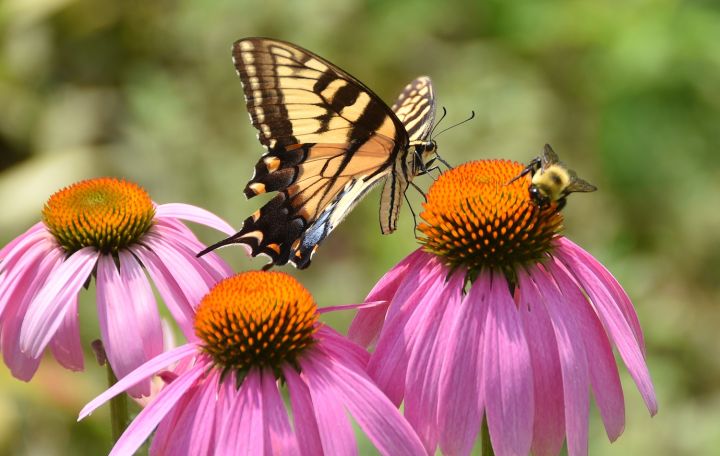
You would rather hire Jessecology for your Butterfly Garden construction project:
Without doubt, we’d love to meet you! Certainly, our team can design + build Butterfly Gardens for your upstate NY region home or business. Please fill out our customer intake form and we’ll be in touch straightaway.

